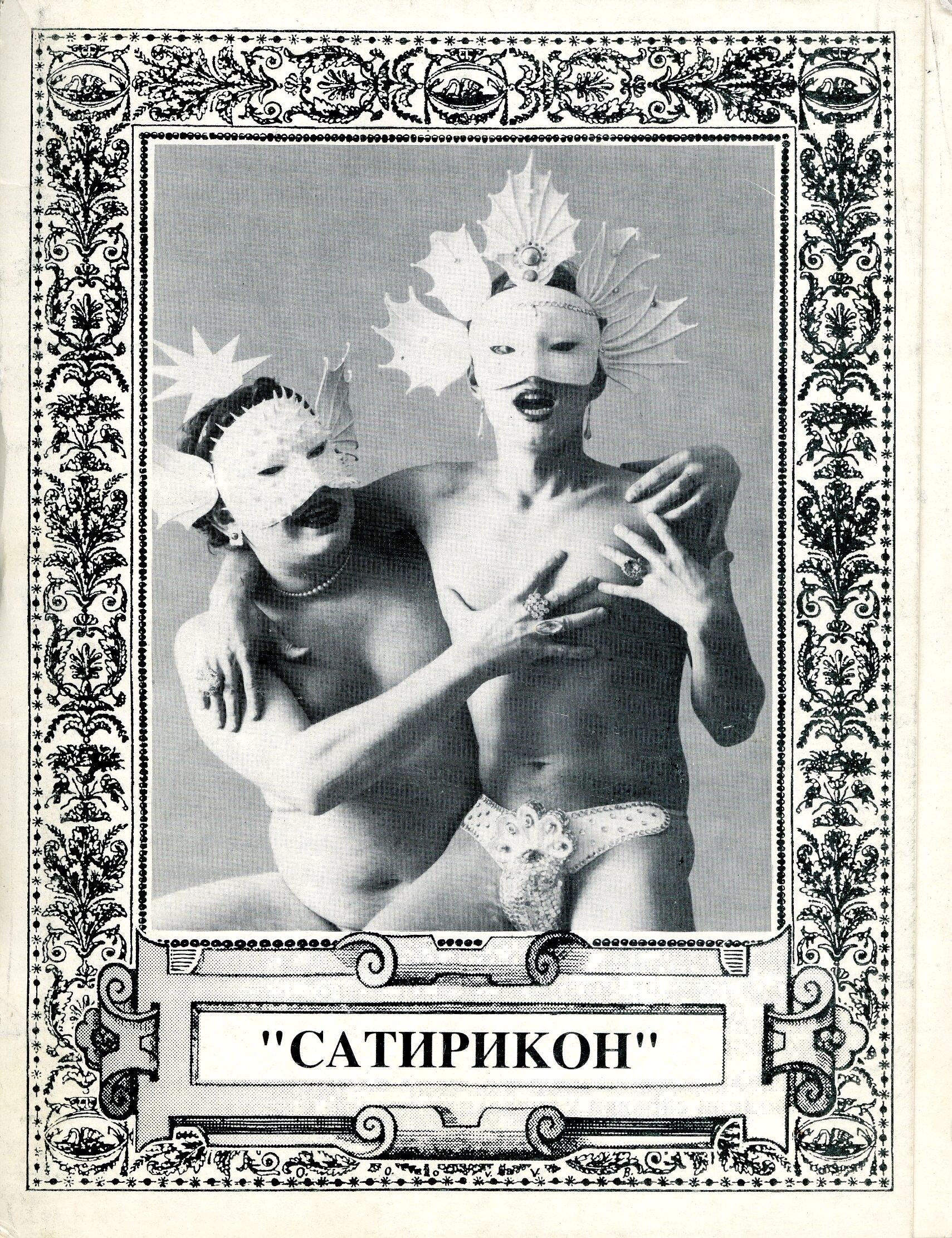Queer Art in the Garage Archive Collection

Oleg Maslov, Viktor Kuznetsov, Selection of Satirikon Postcards (1994). Andrei Khlobystin fund, Garage Archive Collection
Queer art in Russia is not a well-defined movement with striking protagonists, clear manifestos, and paradigmatic works. The queer theme in the local art context is represented in the form of a ‘twinkling’ image and, with rare exceptions, reflected in scattered works and texts by individual artists. What allows a researcher to define these artworks as queer works? What understanding of ‘queer’ should art historians rely on, considering the instability of the concept and its slipping away from any clear-cut definitions? This visual essay analyzes not so much the works themselves, but documents associated with them, available in the archive of Garage Museum of Contemporary Art. They outline various themes in the history of post-war Russian art and provide grounds for ‘queering’ it, with regard to a particular research angle and arguments, examples of which are also presented and discussed by the authors of the essay.
To link to this item: https://doi.org/10.35074/GJ.2020.1.1.017


